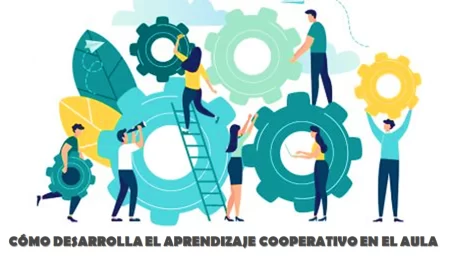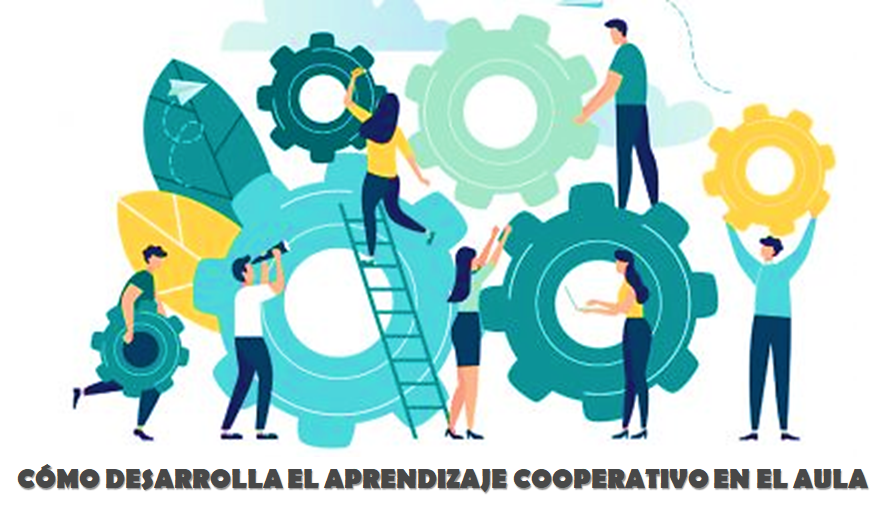Understanding the Learning Model Cooperative Learning Strategies (CLS)
Lonning (1993:1087) suggests Cooperative Learning Strategies (CLS) to generate students’ conceptual changes in class in science subjects. This strategy offers a form of learning, namely group study which can create four conditions that must be met to generate students’ conceptual changes based on constructivism. This form of learning provides opportunities for students to discuss with peers (group study) and the teacher.

Students convey their ideas explicitly to their peers, teachers and most importantly themselves. By comparing students’ own ideas with those of their peers, they are encouraged to gain a different perspective from the concepts they have so that they can re-evaluate their own conceptions. This shows that there is dissatisfaction which is the main goal of the conceptual change step.
B. The Steps of the Cooperative Learning Strategies (CLS) Learning Model
The steps implemented by Lonning are based on the steps proposed by the Driver. In full, the learning steps for implementing CLS according to Lonning are as follows.
1. Orientation, namely the introduction of the topic to be studied.
- Elicitation of ideas, students are given the opportunity to explicitly state their ideas (conceptions) to friends, teachers, and most importantly to themselves.
3. Rearranging ideas, changing and expanding (restructuring, modifying and extending), including activities that provide opportunities for students to exchange ideas with peers and form and evaluate ideas that have just been obtained during the exchange of ideas.
4. Application, giving students the opportunity to apply new concepts that have been formed into new and familiar contexts.So that the four conditions for generating students’ conceptual changes above can be fulfilled, the authors develop steps for learning conceptual changes based on the steps proposed by Lonning, namely Cooperative Learning Strategies (CLS) with the following steps.a. Orientation
At this step, the teacher opens the lesson by giving a brief description of the material to be studied and the learning objectives.b. Idea generation
In this step, students are grouped into several small groups of 4 -5 people. The teacher tries to bring out (fishing) students’ ideas based on the problems expressed in the Student Worksheet (LKS), in the form of several questions. Students are asked to express their ideas explicitly to their friends in their groups, to their teachers, and especially to themselves.c. Rearranging Ideas
In this step, students rearrange the ideas that have been obtained in the second step. This step is further divided into three steps, namely:
1. exchange of ideas.Students discuss the answers in the idea generation step in their groups. The results of the discussion are written on the LKS and explained by one student from each group. With this step students are expected to re-express their ideas and exchange ideas.
2. the opening of a conflict situation. At this step, the teacher asks students to discuss the answers that have been written on the LKS. This is so that their answers are in accordance with the scientist’s concept of the material being studied. This can be compared with the knowledge of the teacher or the textbook used. The teacher’s knowledge here is the answer to a problem by the teacher which is put forward orally or in writing on the blackboard.
3. formation and assessment of new ideas.In this step students construct their own new knowledge based on their conceptions, both those that are considered different and those that are almost in accordance with the scientist’s concept. In this activity, the teacher can provide guidance as needed. With this step, students are expected to assess their own ideas that are felt in accordance with the concepts being studied. In this step it is hoped that students’ understanding will develop.d. Application of new ideas (Application)
In this step, students discuss answers again at the idea generation stage. In addition, students are also asked to answer other questions related to the material being studied (such as the questions in the textbook). This is intended to try (apply) the concepts that have been developed and obtained in new situations. At this step students are expected to be able to feel the benefits and meaning of conceptual change.e. Reviewing changes in ideas
In this step, the teacher provides feedback to strengthen students’ understanding of concepts that are in accordance with the scientist’s conception. With this activity it is hoped that students can change their misconceptions.
Schematically the learning steps of Cooperative Learning Strategies (CLS) according to Lonning which were developed by the researcher are as follows. - Strengths and Weaknesses of the Conceptual Change Learning Model with CLS Based on Constructivism
Each learning model has advantages and disadvantages. Following are some of the advantages and disadvantages of the conceptual change learning model with CLS based on constructivism.1. Advantages of Cooperative Learning Strategies (CLS) Learning Model
a. Provide opportunities for students to express opinions, ideas, ideas, and their understanding/understanding of a concept, both those that have not been studied or have been studied formally.
b. Provide opportunities for students to review the conceptions they already have, especially those that are misconceptions.
c. Creating a participatory classroom atmosphere. Students are required to actively discuss with their friends in groups while the teacher is only a motivator and facilitator.
d. The students are given the opportunity to find their own knowledge that is taught based on the conception they already have. In addition, students can construct their own knowledge (concepts) that they are learning and can change or eliminate their misconceptions. This means students learn meaningfully.
e. Can increase teacher creativity, because teachers are required to find alternatives to correct (correct) student misconceptions, as well as develop student conceptions that have led to scientific conceptions.
f. Students can share ideas with peers in their study groups in constructing their own knowledge. With this kind of activity means that students also learn meaningfully.
2. Weaknesses of the Cooperative Learning Strategies (CLS) Learning Model
a. Because to apply this learning model it must be started by exploring students’ conceptions before learning activities, students who are not used to this kind of situation can feel “terrorized” with a number of questions that they have never expected before.
b. It takes a lot of time.
c. For teachers who are less experienced will experience difficulties because learning materials are arranged based on various student misconceptions.
d. Some students feel bored quickly because the material has already been taught. This fact can be seen from the answers of the four students in filling out the student response forms regarding the implementation of learning which stated that learning as they followed was boring.
Conclusion
Cooperative Learning Strategies (CLS) is a powerful learning model that promotes collaboration, enhances understanding, develops critical thinking skills, and fosters social and communication abilities. By implementing this approach in classrooms, educators can create engaging and inclusive learning environments where students thrive academically and personally. Embracing the Cooperative Learning Strategies (CLS) learning model can truly revolutionize education and prepare students for success in the 21st century and beyond.
